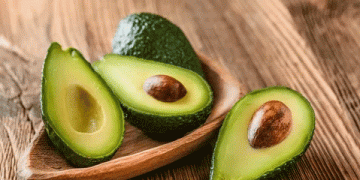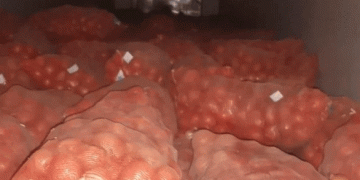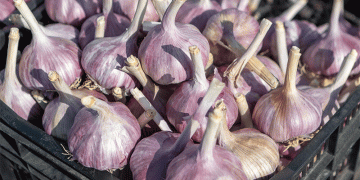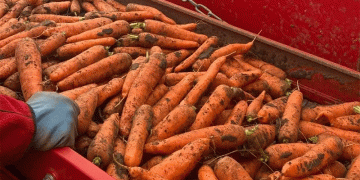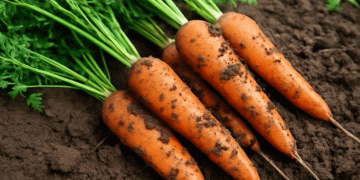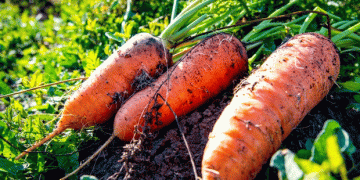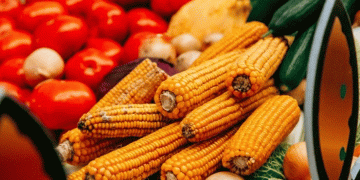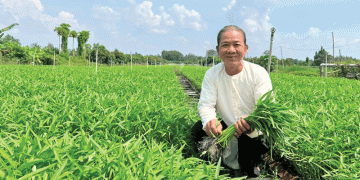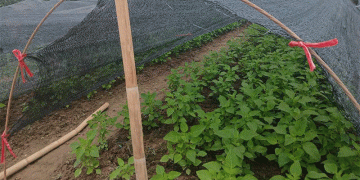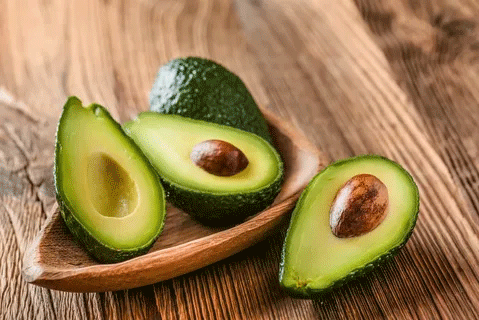Peru’s avocado industry is staging a strong recovery, with 655,000 tons of Hass avocados expected for export in 2025—a 30% increase over 2024 and 17% higher than 2023, according to the Peruvian Hass Avocado Producers and Exporters Association (ProHass). This surge follows three years of subdued production due to adverse weather and logistical hurdles.
Key Drivers of Growth
The rebound is attributed to:
- New high-yield plantations coming into full production.
- Recovering orchards in northern Peru, previously impacted by El Niño-related weather disruptions.
José Antonio Castro, President of ProHass, emphasized the need for strategic market management to prevent oversupply. He highlighted the importance of boosting Southern Hemisphere summer consumption (December–February) to absorb increased volumes.
Challenges Ahead
Despite optimism, two major obstacles remain:
- A 10% U.S. tariff, putting Peru at a disadvantage against Mexico and California.
- Rising shipping costs, with freight rates fluctuating unpredictably due to speculative pricing by carriers.
Peru aims to increase exports to the U.S. by 75% between June and August 2025, capitalizing on a seasonal window before Mexican supply peaks. However, competition with Chile’s avocado season requires careful coordination to avoid market gluts.
Revised Projections & Industry Outlook
ProHass initially forecasted a 37% export rise but adjusted it to 30% due to logistical and cost pressures. Still, this marks a strong recovery from 2024’s slump.
Seizing the Opportunity
Peru’s avocado sector is poised for a record-breaking 2025, but success hinges on:
- Efficient supply chain management to mitigate shipping volatility.
- Market diversification to reduce reliance on the U.S. amid tariff pressures.
- Collaboration with Chilean exporters to stabilize global supply.
For farmers and agronomists, optimizing orchard productivity and adopting cost-saving logistics strategies will be critical to maximizing returns in this high-stakes market.
